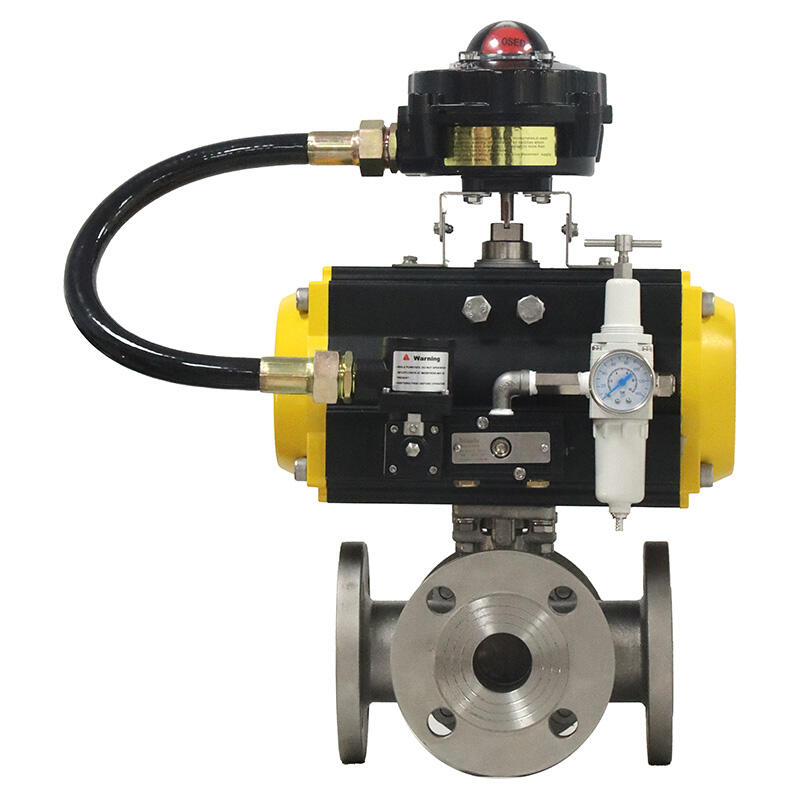high pressure relief valve sizing
High pressure relief valve sizing is a critical engineering process that ensures the safe operation of pressurized systems across various industries. This sophisticated calculation and selection process determines the appropriate dimensions and specifications of relief valves capable of handling excessive pressure conditions. The sizing methodology considers multiple factors, including required flow capacity, inlet and outlet pressures, temperature conditions, and the specific properties of the process fluid. Engineers utilize specialized software and mathematical models to calculate the optimal valve size that can adequately protect equipment and personnel from potential overpressure scenarios. The process incorporates industry standards such as ASME and API guidelines, ensuring compliance with safety regulations while maintaining operational efficiency. The sizing calculations account for various operating scenarios, including normal flow conditions, emergency situations, and worst-case scenarios, providing a comprehensive approach to pressure management. This technical process is essential in applications ranging from chemical processing plants and refineries to power generation facilities and pharmaceutical manufacturing operations, where precise pressure control is paramount for both safety and productivity.


